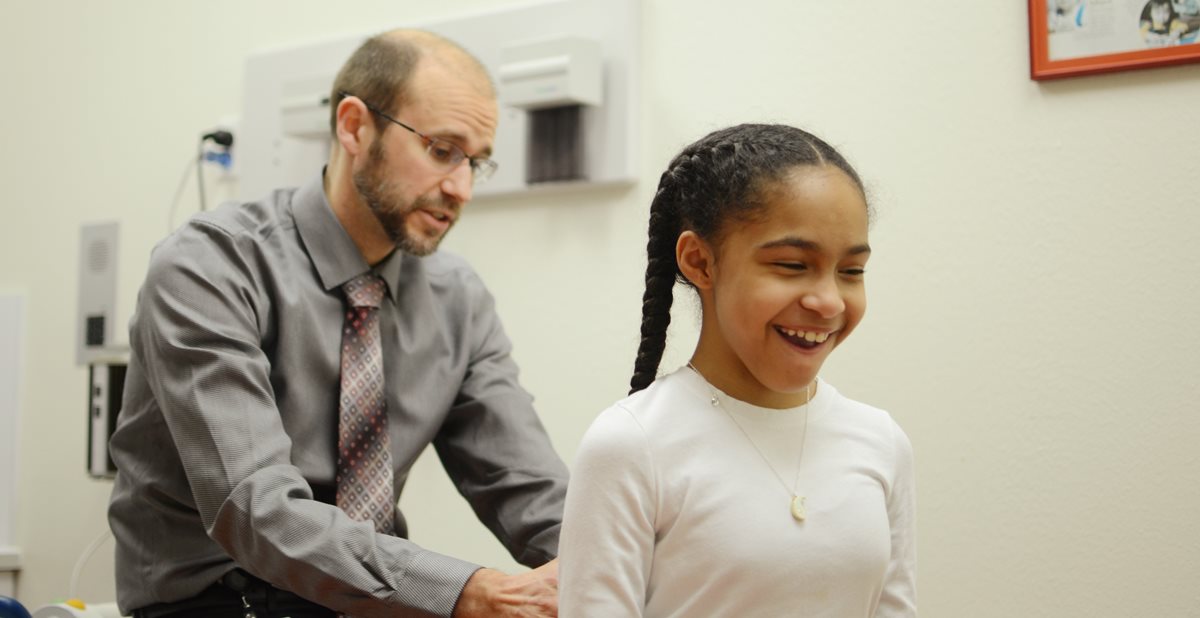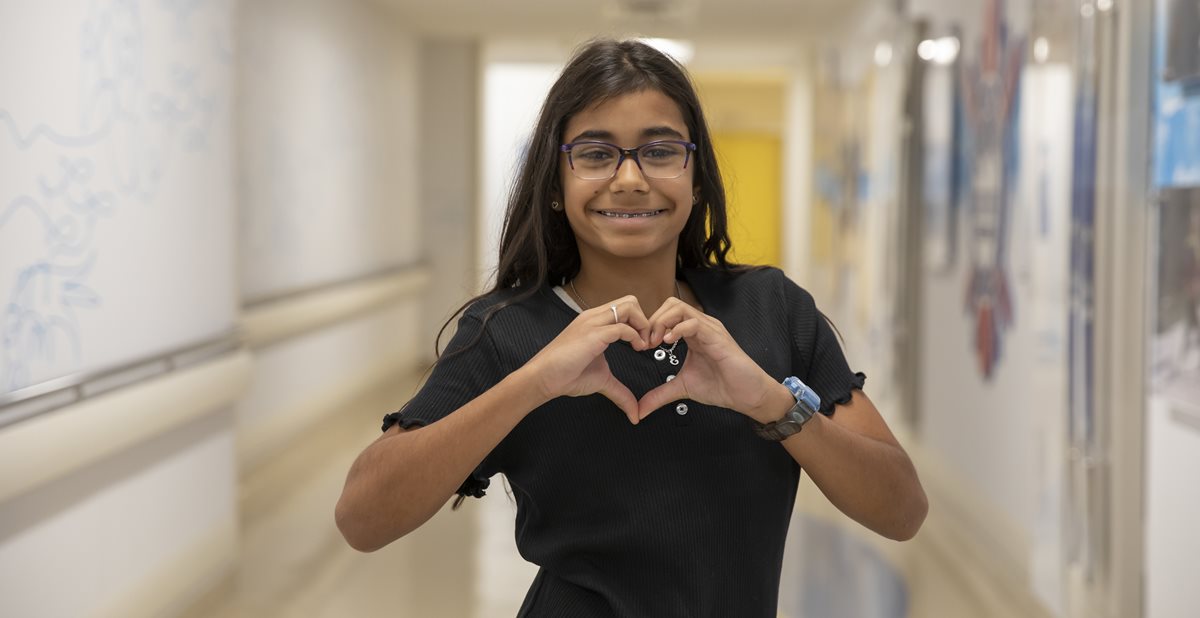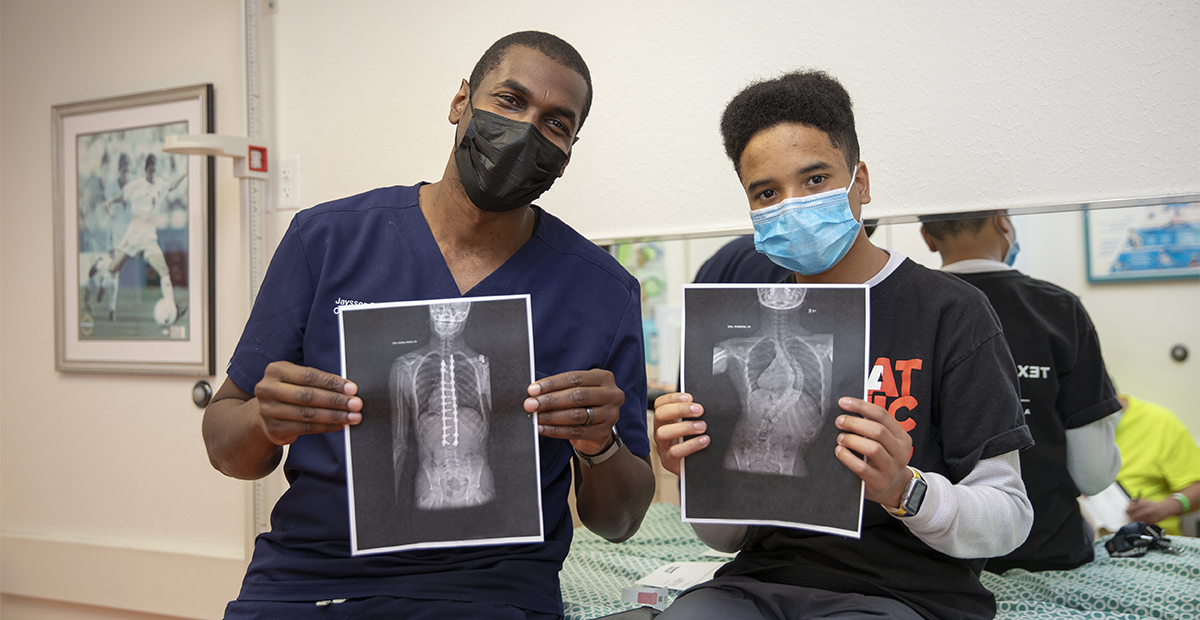Article previously posted on Orthopedics This Week by Elizabeth Hofheinz, M.P.H., M. ED. How catastrophic is surgical pain for children? A group of researchers from Scottish Rite for Children, the University of Texas (UT) Southwestern Medical Center, and The Chicago...





